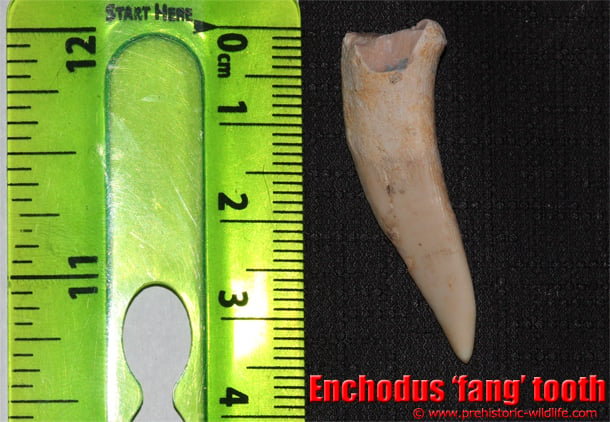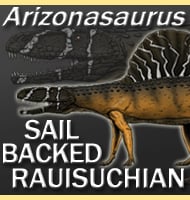In Depth
Further Reading
– Review of the Vertebrata of the Cretaceous period found west of the Mississippi River – Edward Drinker Cope – 1874. – Vert�br�s fossiles du bassin du Niger [Fossil vertebrates of the Niger basin] – C. Arambourg & L. Joleaud – 1943. – A check list of North American Marine Cretaceous vertebrates including fresh water fishes – D. A. Russel – 1988. – Fossil fishes from the Cenomanian (Upper Cretaceous) of Namoura, Lebanon. – P. L. Forey, L. Yi, C. Patterson & C. E. Davis – 2003. – A New Species of Enchodus (Aulopiformes: Enchodontidae) from the Cretaceous (Albian to Cenomanian) of Zimap�n, Hidalgo, M�xico – C. Fielitz & K. A. Gonzalez-Rodriguez – 2010. – A new species of the neopterygian fish Enchodus from the Duwi Formation, Campanian, Late Cretaceous, Western Desert, central Egypt. – Acta Palaeontologica Polonica. 62 (3): 603–611. – Waymon L. Holloway, Kerin M. Claeson, Hesham M. Sallam, Sanaa El-Sayed, Mahmoud Kora, Joseph J.W. Sertich & Patrick M. O’Connor – 2017.











